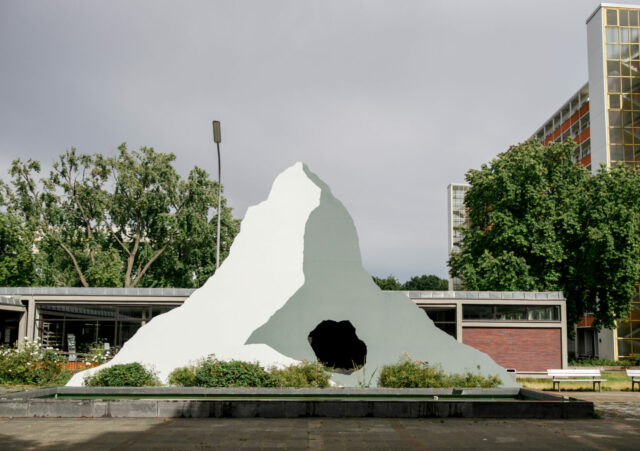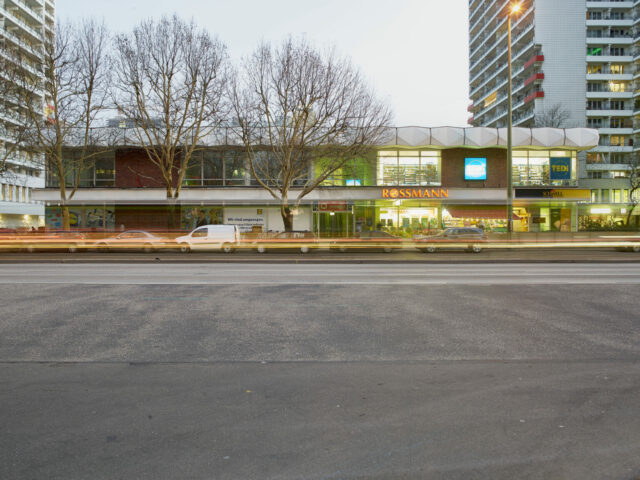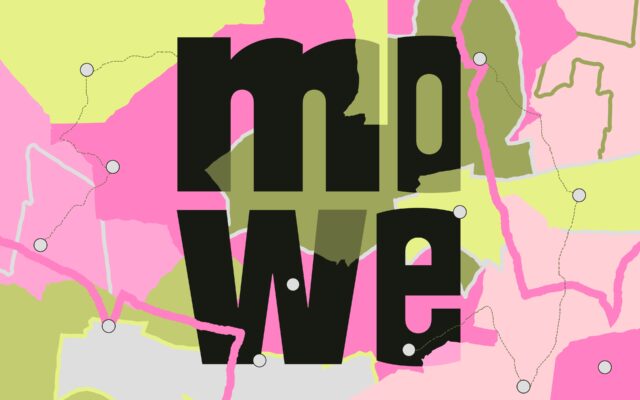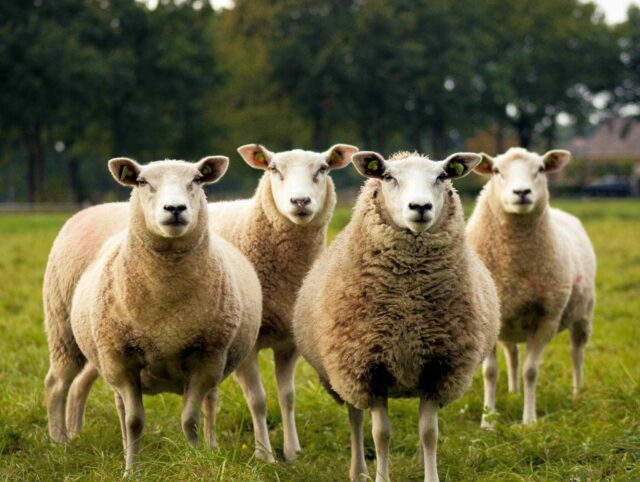Announcements
Art in Urban Space
Art in urban space deals with the historical, social and/or architectural complexity of urban space and creates forums through which socially relevant topics are made public, discussed and reflected upon.
Percent-for-art
Percent-for-art projects are artistic works created in connection with public construction measures (building construction and civil engineering). They can be of a temporary or permanent nature. Since 1979, there has been an administrative regulation for the realization of art in public construction projects. The state of Berlin is committed to this tradition and wants to further strengthen the status of art in architecture and art in urban space, including its mediation, maintenance and documentation.
Programme
We offer tours, discussion series, workshops and other formats, in the context of mowe Festival for Art and Urban Culture, Monat der Kunst am Bau (MKB), or KISR – Art in Urban Space. These events provide opportunities to engage with art, architecture, urban history and development and to enter into dialogue.
About
Art, culture and history are important components of public space and socio-spatial urban development. The urban culture section of the department of Art, Culture and History of the district office Mitte Berlin, concerns itself with art-in-architecture, art in urban space as well as cultural urban development and location development in the Mitte district.








